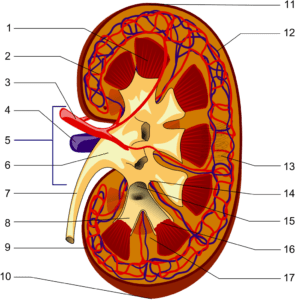A person becomes infected with HIV when it evades the body’s natural defences and replicates. While there are numerous ways a person can be exposed to HIV, the most common routes of infection involve sexual contact and shared injection equipment.
Pre-Exposure Prophylaxis, or PrEP, is an HIV prevention method for people who are not infected with HIV but are at a high risk of contraction. Packaged in a pill called Truvada, PrEP is a cocktail of two drugs (tenofovir and emtricitabine) that are usually used to treat HIV positive patients. By blocking the action of viral reverse transcriptase, PrEP prevents the transcription of viral DNA and can reduce the viral load in the patient. Using the same mechanism, PrEP can also be used to prevent HIV from establishing itself in a healthy individual. In a review of multiple PrEP clinical trials, PrEP was found to be highly effective in preventing HIV infection if patients took the pill consistently. PrEP reduced the risk of infection through sexual contact and injection drugs by approximately 90% and 74%, respectively.
PrEP is only recommended for individuals who are continuously under high risk of contracting HIV. While PrEP has not been found to have any serious side effects, two major studies showed that high tenofovir levels were associated with a slight decline in kidney function (measured by glomerular filtration rate). On average, a 2.5% decrease in kidney function was observed over 18 months. However, older populations were more heavily affected. Decreases in kidney function ranged from 6-24% in participants over the age of 50. While the decreases in kidney function are mild, people who have predisposed risk factors should monitor their kidney function while taking PrEP.
While PrEP seems to be a safe and effective HIV prevention method, long term studies should be done on the risks and side effects of PrEP. Since PrEP is prescribed to healthy individuals, even minor toxicities could be a concern.
Sources:
https://www.aids.gov/hiv-aids-basics/prevention/reduce-your-risk/pre-exposure-prophylaxis/
https://www.cdc.gov/hiv/risk/prep/index.html
https://www.drugbank.ca/drugs/DB00300
Article by Maxwell Chan












